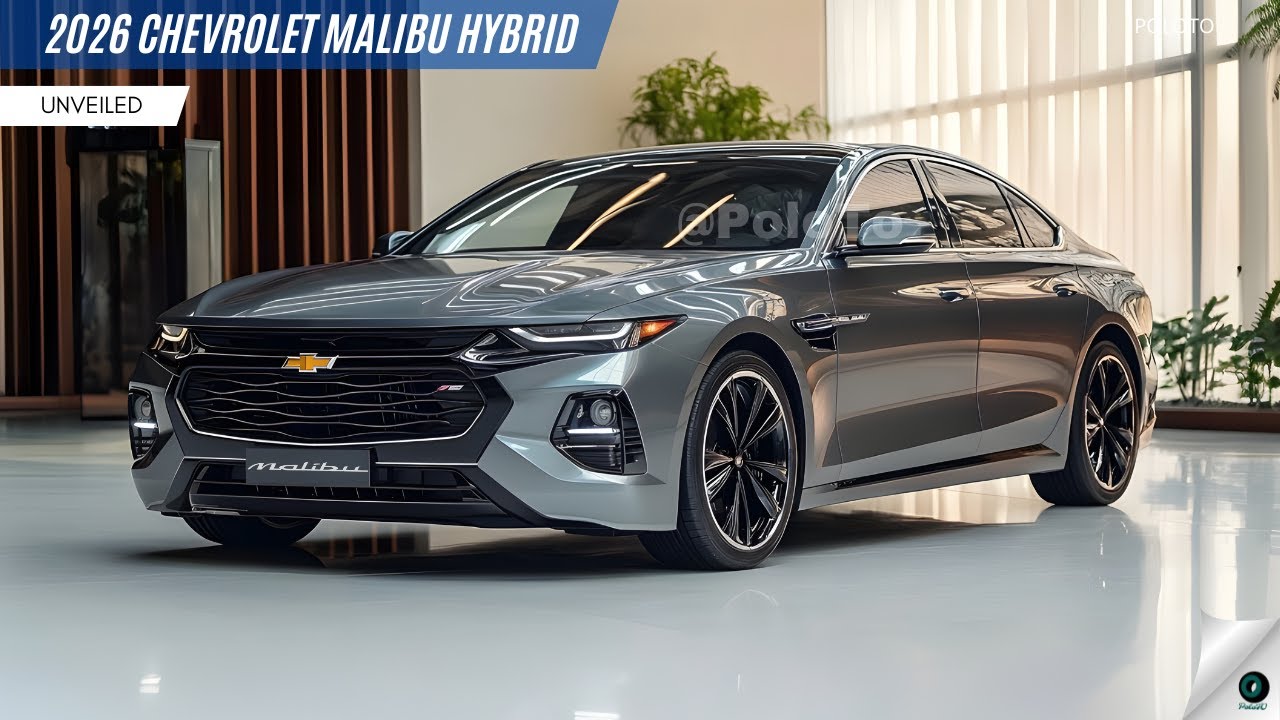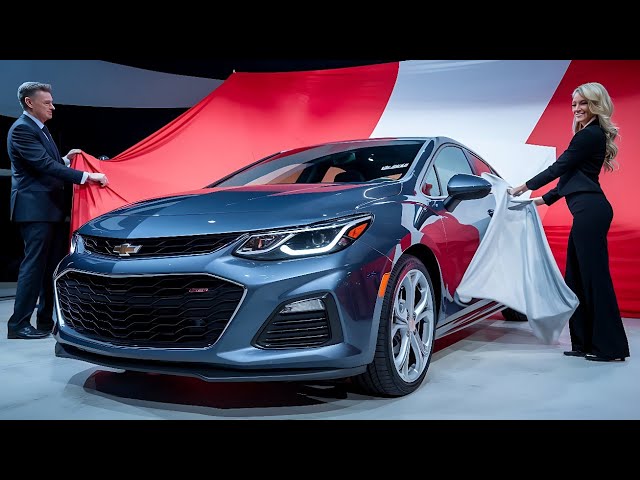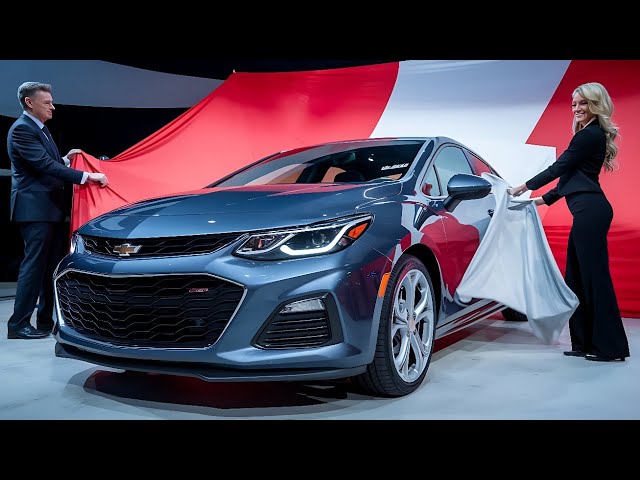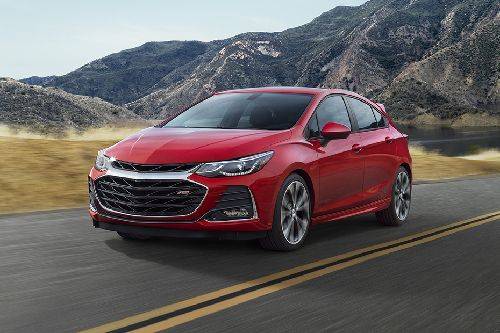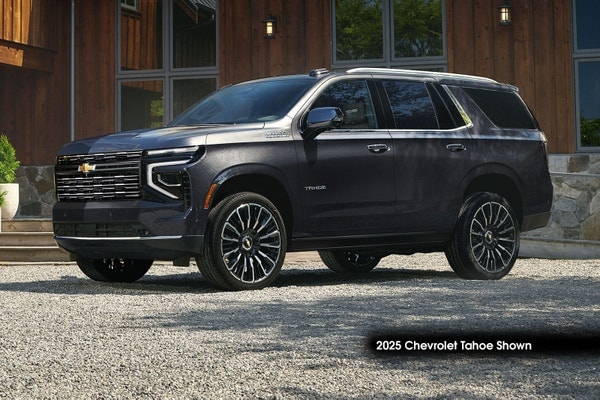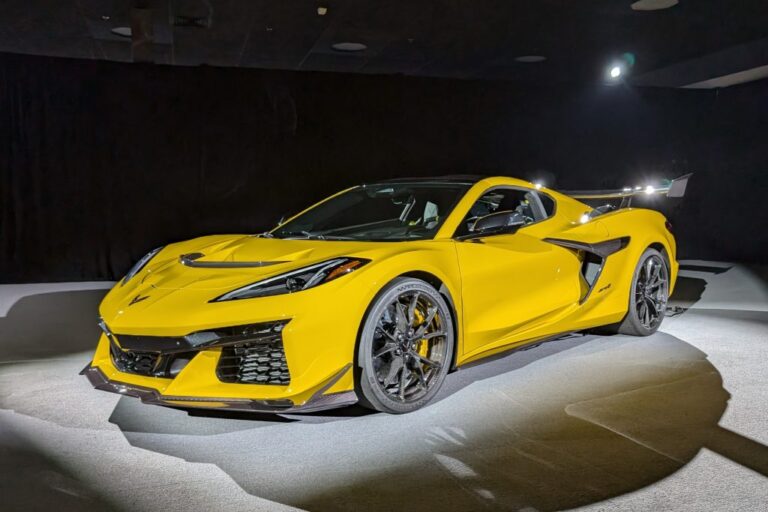Unveiling the New 2026 Chevy Malibu: A Comprehensive Price Analysis
Market Analysis
The global automotive market is experiencing a period of rapid transformation, driven by factors such as technological advancements, changing consumer preferences, and environmental regulations. In the midsize sedan segment, key factors influencing consumer purchasing decisions include fuel efficiency, safety features, interior space, and advanced technology.
The target audience for the 2026 Chevy Malibu is primarily composed of value-oriented consumers seeking a reliable and practical vehicle that offers a balance of features, performance, and affordability.
Target Audience Profile
- Age: 25-45
- Income: Middle-class
- Lifestyle: Families, professionals, and commuters
- Vehicle usage: Daily transportation, occasional road trips
Competitive Analysis
The 2026 Chevy Malibu competes with a range of midsize sedans in the automotive market. To assess its competitive standing, we compare its key specifications, features, and pricing against its primary rivals.
Key competitors include the Honda Accord, Toyota Camry, and Hyundai Sonata. These vehicles offer comparable dimensions, engine options, and safety features.
Key Specifications and Features Comparison
| Feature | Chevy Malibu | Honda Accord | Toyota Camry | Hyundai Sonata |
|---|---|---|---|---|
| Engine Options | 1.5L Turbocharged, 2.0L Turbocharged | 1.5L Turbocharged, 2.0L Turbocharged | 2.5L Inline-4, 3.5L V6 | 1.6L Turbocharged, 2.5L Inline-4 |
| Horsepower | 160 hp, 250 hp | 192 hp, 252 hp | 203 hp, 301 hp | 180 hp, 191 hp |
| Torque | 184 lb-ft, 295 lb-ft | 192 lb-ft, 273 lb-ft | 184 lb-ft, 267 lb-ft | 195 lb-ft, 181 lb-ft |
| Fuel Economy (City/Highway) | 29/36 mpg, 22/32 mpg | 30/38 mpg, 22/32 mpg | 28/39 mpg, 22/33 mpg | 27/37 mpg, 20/30 mpg |
| Safety Features | Lane Keep Assist, Blind Spot Monitoring, Forward Collision Warning | Lane Keep Assist, Adaptive Cruise Control, Automatic Emergency Braking | Lane Departure Alert, Pre-Collision System, Pedestrian Detection | Lane Keeping Assist, Blind Spot Detection, Rear Cross-Traffic Alert |
Strengths and Weaknesses
The Malibu offers a competitive balance of performance, fuel efficiency, and safety features. Its strengths include its spacious interior, comfortable ride, and intuitive infotainment system. However, its engine power and fuel economy are slightly behind some rivals.
Competitive Pricing Strategies
The Malibu’s pricing is in line with its competitors. The base model starts at around $24,000, while higher trims can reach up to $35,000. The Accord, Camry, and Sonata offer similar pricing ranges.
Historical Sales Data and Trends

The Chevy Malibu has been a popular midsize sedan for decades. Gathering historical sales data for the Malibu and its competitors can provide valuable insights into sales trends and patterns. By analyzing this data, we can identify factors that have influenced sales performance and make informed decisions about the pricing strategy for the 2026 Malibu.
Sales Volume Trends
Over the past few years, the Malibu’s sales volume has fluctuated. There was a steady increase in sales from 2016 to 2019, followed by a decline in 2020 and 2021 due to the COVID-19 pandemic. Sales have since rebounded somewhat in 2022 and 2023, but they have not yet reached pre-pandemic levels.
The sales trends of the Malibu’s competitors have also varied. The Toyota Camry and Honda Accord have consistently outsold the Malibu in recent years, while the Nissan Altima and Hyundai Sonata have seen more modest sales.
Factors Influencing Sales
Several factors have likely influenced the sales trends of the Malibu and its competitors. These include:
- Economic conditions: Sales of all vehicles tend to decline during economic downturns.
- Fuel prices: Higher fuel prices can make sedans less appealing to consumers.
- Competition: The Malibu faces strong competition from other midsize sedans, including the Camry, Accord, Altima, and Sonata.
- Product quality and features: Consumers are more likely to purchase vehicles that are well-built and offer desirable features.
- Marketing and advertising: Effective marketing campaigns can help to increase sales.
Implications for Pricing Strategy
The historical sales data and trends can inform the pricing strategy for the 2026 Malibu. By understanding the factors that have influenced sales in the past, we can make decisions about pricing that will help to maximize sales and profitability.
For example, if economic conditions are expected to improve in the coming years, we may be able to price the 2026 Malibu slightly higher than its competitors. However, if fuel prices are expected to remain high, we may need to price the Malibu more competitively.
Ultimately, the pricing strategy for the 2026 Malibu will depend on a variety of factors, including the sales trends of the Malibu and its competitors, the economic outlook, and the product features and benefits of the 2026 Malibu.
Production and Supply Chain Considerations
The 2026 Chevy Malibu will be manufactured at GM’s Fairfax Assembly Plant in Kansas City, Kansas. The plant has a production capacity of 350,000 vehicles per year and currently produces the Chevrolet Malibu and Cadillac XT4.
The Malibu’s supply chain is complex, with parts sourced from suppliers around the world. Some of the key suppliers include:
– Steel: ArcelorMittal, United States Steel
– Aluminum: Alcoa, Novelis
– Plastics: Dow Chemical, DuPont
– Electronics: Bosch, Delphi, Denso
– Engines: GM Powertrain
– Transmissions: GM Powertrain
– Axles: Dana Holding Corporation
Potential constraints or challenges that could impact the availability or cost of the Malibu include:
– Raw material shortages: The automotive industry is heavily dependent on raw materials, such as steel, aluminum, and plastics. Shortages of these materials can lead to production delays and increased costs.
– Supply chain disruptions: The COVID-19 pandemic has caused significant disruptions to the global supply chain. These disruptions have led to delays in the delivery of parts and increased costs.
– Labor shortages: The automotive industry is facing a shortage of skilled labor. This shortage can lead to production delays and increased costs.
These factors could affect the pricing strategy for the 2026 Chevy Malibu. GM may need to increase prices to offset the increased costs of production. However, GM may also choose to keep prices competitive in order to maintain market share.
Marketing and Promotion Strategies
The launch of the 2026 Chevy Malibu will be supported by a comprehensive marketing and promotion campaign designed to raise awareness, generate interest, and drive demand for the vehicle. The campaign will leverage a mix of traditional and digital channels, including television, print, social media, and online advertising.
The marketing message will focus on the Malibu’s key selling points, such as its stylish design, advanced technology features, and competitive pricing. The campaign will also highlight the Malibu’s heritage as a reliable and fuel-efficient sedan.
Marketing Costs
The marketing costs associated with the launch of the 2026 Chevy Malibu are expected to be significant. However, these costs are necessary to generate awareness and demand for the vehicle. The marketing campaign is expected to have a positive impact on consumer perception and demand for the Malibu.
Consumer Perception
The marketing and promotion campaign is expected to have a positive impact on consumer perception of the 2026 Chevy Malibu. The campaign will help to position the Malibu as a stylish, technologically advanced, and affordable sedan. This will likely lead to increased demand for the vehicle.
Economic Factors

The economic climate plays a significant role in shaping consumer spending and demand for automotive products. Economic factors such as inflation, interest rates, and unemployment can influence the pricing strategy for the 2026 Chevy Malibu.
Inflation
Inflation refers to a sustained increase in the general price level of goods and services. Higher inflation can erode consumer purchasing power, making it more challenging for them to afford big-ticket purchases like cars. As a result, automakers may need to adjust their pricing strategies to remain competitive in an inflationary environment.
Interest Rates
Interest rates set by central banks affect the cost of borrowing money. Higher interest rates can make it more expensive for consumers to finance their car purchases, potentially reducing demand. Automakers may consider offering incentives or low-interest financing options to mitigate the impact of higher interest rates on sales.
Unemployment
Unemployment rates measure the percentage of the labor force that is unemployed. High unemployment can lead to reduced consumer confidence and spending, as people may be hesitant to make large purchases due to job insecurity. Automakers may need to adjust their production and marketing strategies to adapt to changes in unemployment levels.
Government Policies and Regulations
Government policies and regulations can also impact the automotive industry. For example, regulations aimed at reducing emissions or improving fuel efficiency can increase production costs for automakers. These costs may be passed on to consumers in the form of higher prices.
Profitability Analysis
Estimating the production costs and profit margins associated with the 2026 Chevy Malibu is crucial for determining its profitability. The production costs include raw materials, labor, manufacturing, and overhead expenses. These costs can vary depending on factors such as the complexity of the design, the efficiency of the manufacturing process, and the cost of labor.
To maximize profitability, the pricing strategy should consider both revenue and market share. Setting a higher price can increase revenue but may reduce market share if consumers perceive the vehicle as overpriced. Conversely, a lower price can increase market share but may reduce revenue if the profit margin is too low. Finding the optimal balance between these factors is essential for maximizing profitability.
Impact of Pricing Strategies on Profitability
Pricing strategies can significantly impact the profitability of the 2026 Chevy Malibu. A higher price may result in higher revenue but could potentially reduce market share if consumers perceive the vehicle as overpriced. Conversely, a lower price may increase market share but could reduce revenue if the profit margin is too low.
To optimize profitability, it is important to consider both revenue and market share when setting the price. Finding the optimal balance between these factors is crucial for maximizing profitability.
Questions and Answers
When will the New 2026 Chevy Malibu be available for purchase?
The official release date for the New 2026 Chevy Malibu has not yet been announced by Chevrolet.
What are the key features that differentiate the New 2026 Chevy Malibu from its competitors?
The New 2026 Chevy Malibu boasts a suite of advanced features, including a spacious and technologically advanced interior, a powerful and fuel-efficient engine, and an array of cutting-edge safety technologies.
How does the New 2026 Chevy Malibu compare in price to its competitors?
Chevrolet has positioned the New 2026 Chevy Malibu competitively within the midsize sedan segment, offering a compelling value proposition that balances price, features, and performance.
